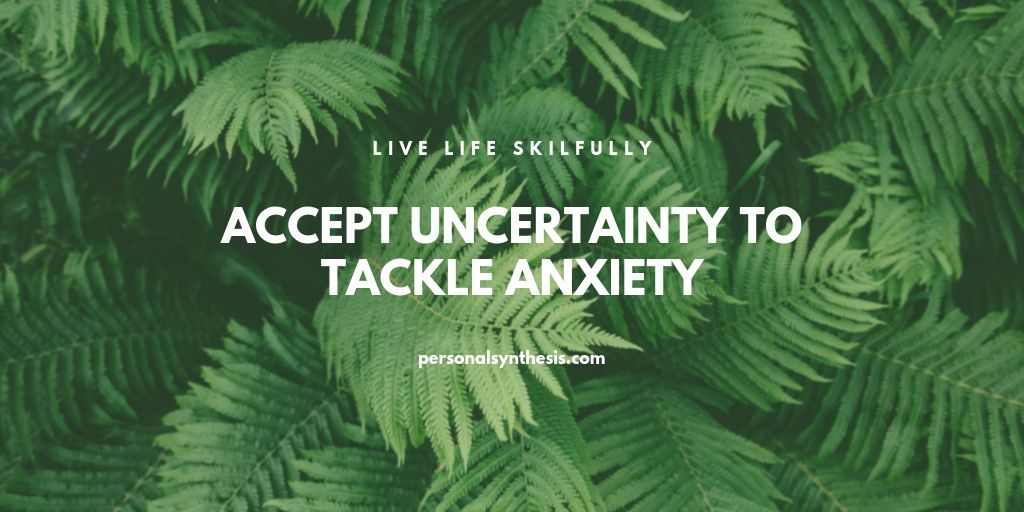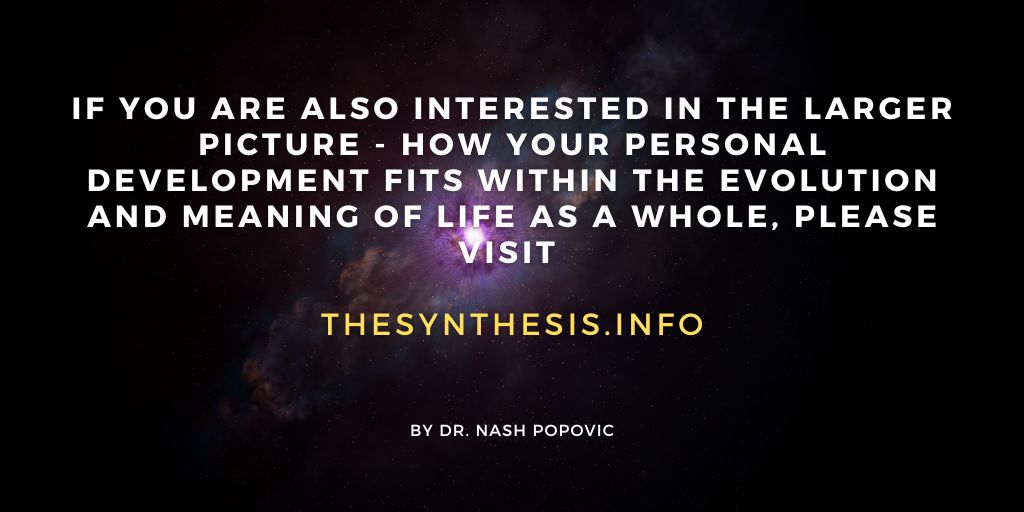Accept Uncertainty To Tackle Anxiety

Written by Emma Buck
Anxiety is everywhere. It seems we are in the middle of an anxiety epidemic. In the counselling room we see clients of all ages – right down to primary school children – reporting symptoms of anxiety, worry, stress.
We don’t know exactly why anxiety is so prevalent right now. Maybe anxious parents are passing it on to their children. Or maybe we are labelling and talking about it more so we are publicly recognising a condition that has always existed. Or perhaps there is actually a lot to be anxious about right now – in the news, politics, the world. No doubt a contributing factor these days is that we are so connected to each other and world events there is no getting away from anxiety-inducing news. We could plug ourselves in and feed ourselves on a diet of stress and trauma 24-hours a day if we so chose.
Anxiety can also be environmental, in a home, in a workplace or in an institution. It can be almost contagious. If parents are anxious it is likely their children will pick up on it and may develop the condition. An anxious boss may pass his stress on to his colleagues. This environmental anxiety can be seen particularly in schools right now, where a toxic atmosphere has developed as teachers under stress from government targets and heavy workloads pass it on to their students.
All these things are beyond the control of most of us. What we can control is our reactions to them, and learn to accept uncertainty.
The anxiety loop
In children the development of anxiety is particularly worrying because thinking patterns learned in childhood can be set for life, if left unchallenged. And anxiety is all about thinking patterns.
Let me give you an example. A child I was working with, an 11-year-old boy called Jason, had settled into a habit of negative thinking that was starting to affect his behaviour in such a way that it was impacting on his life and closing him down to new experiences.
Jason had been badly bullied at school, making him wary of people in general and particularly new people in unfamiliar situations. He had been invited to play for a new football team, which he was feeling nervous about and he didn’t really want to go.
I explained to him the link between his thoughts, his feelings and his behaviour. These three things are inextricably linked.
Imagine a triangle whose three points are labelled THOUGHTS, FEELINGS and BEHAVIOUR. The lines of the triangle connect the points, each one affecting the other. You can start at any point on the triangle and see the connections for yourself.
With Jason, we began by looking at his thoughts about meeting the new football team: He explained that he was reluctant to go because he doesn’t like meeting new people because he is afraid they will judge him.
Next we looked at how this thought made him feel about the forthcoming event: Thinking that thought made him feel apprehensive and anxious, he said.
And the behaviour that might result from that feeling?: He might not go to the new football team, and if he did he might not want to talk to anyone and he may not enjoy the experience.
We can see that because of the way Jason thought about the upcoming meeting with the new football team, he was feeling anxious. At it’s worst, this anxiety might become debilitating and stop him from going and experiencing something that he might enjoy and may even enhance his life.
The avoiding behaviour is designed to protect Jason from the uncertainty of a situation that he has no control over. But it does not help him in the long run, because he doesn’t learn that not knowing is ok.
I asked Jason if he could change his initial thought about the situation to something more positive. He said maybe he could be open-minded about the situation and not assume anything. Tracing how the new, more positive thought, affected his feelings, he could see that he felt better and was maybe even looking forward to going. The change in his behaviour was that he went to the event with a more open mind and was able to talk to people, make some new friends and have fun playing the game he loved.
Next time Jason is faced with a similar situation he will have more confidence that it will turn out ok. He has taken the first step on the ladder to learning that it is ok to not know, and that he can deal with uncertainty.
The key to this exercise is identifying the negative thought which is causing the anxious feelings. Negative thinking patterns are often formed in childhood and can become habitual, particularly where low self-esteem or low self-confidence is an issue. But they can also develop or become worse in adulthood in response to life situations when confidence is knocked, such as the loss of a job or the ending of a relationship.
Here are some tips to help with anxiety:
- Identify negative thoughts and try to change them into something more positive. Notice how this changes your feelings and behaviour about a situation. Catching these negative thoughts can be hard work, especially at first, and will take practice. But by paying attention to your thinking patterns you can learn.
- Breathing exercises and distraction. Absorbing yourself in a game, sport or hobby can provide some temporary respite from the constant churning of worrying thoughts inside your head. If you are focussing on playing a game of chess or winning a race, you cannot also be worrying about whether you made a mistake at work. When you are in bed at night and cannot distract yourself in this way, try this exercise. Put one hand on your belly and feel it rise as you breathe in; feel it fall as you breathe out. Focus your thoughts completely on this breath in your belly, but do not try to change your breathing. Accept it as it is. If there is one thing you can rely on it is this – your breath. It is not something you can lose or leave behind. It just is.
- Learn to live in the moment: The least anxious people are those who live completely in the moment, not worrying about the future or fretting over what is past. These are things we cannot control at this moment in time. Listen to the birds, feel the sensations in your body, notice your thoughts but don’t get stuck with them, let them go. There are many mindfulness and meditation practices that can help you with this, but the principal is the same. Try this: when you are in the shower in the morning feel the warm water on your skin, notice the smell of your soap. Really pay attention to these things. If you are living in the moment in this way, you cannot also be worrying about the day ahead.
- Embrace not knowing and accept uncertainty: Life is a mystery, there are many unknowns. Imagine how boring life would be if that were not the case. Try to let go of the need to know and control, and replace it with curiosity, openness and a willingness to learn. Life is more fun that way.
Other related areas of the map that may be useful to look at are Stability, Security, Reasoning and Relating to the Situation.
Personal Synthesis is a handy ‘one-stop-shop’ that brings together all the areas that play a vital role in our everyday lives, from self-awareness to intimate relationships. The materials are the result of twenty years of research and have evolved through the experience of running numerous personal development programmes with the general public, young people and university students.
To learn more, please visit the Personal Synthesis materials that cover this and many other topics.
Emma Buck
Emma Buck is a counsellor and personal consultant working with children in primary schools and adults in private practice. This is her second career. After 10 years as a journalist - where she worked for local newspapers, magazines and charities, covering politics and social affairs - Emma found herself looking for a new direction. It was after a spell of personal counselling that she had her 'a-ha' moment and decided to become a counsellor herself. She recently completed MSc in Integrative Counselling and Coaching, the only programme of its kind in the world. Emma works from a humanistic and person-centred perspective but integrates other counselling and coaching approaches as necessary, with a particular interest in narrative theory. Her research examined how combining counselling and coaching could help older people.



